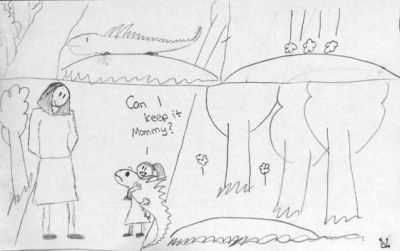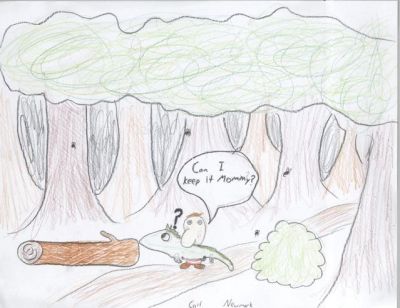Scientists in Norway have just announced the discovery of a non-toxic high-tech building material with a host of economic and environmental benefits. Homes made from this substance are expected to use 10-50% less energy for heating and cooling than homes made from traditional materials.
The new substance was discovered by a team working to identify chemicals that could absorb carbon dioxide, a major cause of climate change.
A pilot home built in 2005 was found to absorb nearly 50 pounds of carbon dioxide every year. Projections show that if every house in Northern Europe was made from this material global carbon dioxide emissions could be cut by 5%. As a completely unexpected side benefit, the material also absorbed other air pollutants, including carbon monoxide, nitrogen dioxide and sulfur dioxide. In every test the scientists ran, air quality was higher in and around the pilot home than in a traditional home.
Most amazingly, using this material was estimated to add only a few hundred dollars to the cost of a new home. However, based on the material’s beneficial effects, including significantly reduced energy costs for homeowners, it was projected that building with it may increase a home’s value by up to 20%.
If you were thinking this story is too good to be true, you’d only be partly right. On the one hand, there is no newly discovered health-promoting, planet-saving, dirt-cheap, inexpensive building material. In this, you were correct.
On the other hand, you can have all the benefits above, plus many more, and for the same price, by simply planting some trees next to your house. Well placed trees and shrubs can indeed save 10-50% on heating and cooling costs. Just one mature tree can indeed absorb 50 pounds of carbon dioxide a year, along with a long list of other air and soil pollutants. A single large oak, for example, can pull 40,000 gallons of water per year out of the ground and discharge it into the air, reducing flooding and soggy lawns.
For communities, the impacts are even more striking. Tree-lined streets are 10-15 degrees cooler in the summer. Pavement on these streets lasts far longer and the streets are far less likely to flood. Urban tree canopy can reduce stormwater runoff by up to 7%, and when combined with other natural landscaping, by up to 65%. This results in huge cost savings for towns and significant improvements in water quality in nearby streams, lakes and aquifers.
If the environmental and economic benefits of trees are not enough, the social benefits are equally compelling.
Studies from blighted urban Chicago housing developments show that residents who could see trees from their windows had stronger ties to their neighbors and engaged in less physical violence against their children than those without trees. These studies are striking because the residents were largely homeless families who were randomly assigned to apartments as their names came to the top of long wait lists. In other words, the people with greener views were no different to begin with than those without.
Green views have also been shown to enhance healing in hospital patients and concentration among college students. Children with ADHD (Attention Deficit Hyperactivity Disorder) had the fewest behavioral problems after being in green spaces with lots of trees when compared with any indoor activities, including sports, or outdoor activities in spaces lacking greenery, such as urban parking lots. This finding held true even for children who lived in green neighborhoods.
I’m intrigued by this last bit of data. It suggests that even if a child has trees outside her window and walks past trees to get to school, it may still matter that there are trees on the playground at recess. More natural settings may have more powerful healing effects than we realize.
This fall the town of Brunswick built a new school. Where possible, efforts were made to preserve older trees, and many new trees have been planted around the property, although none next to the children’s play areas.
Recently a little friend of mine who attends the new school told her mother how much she missed the playground at her old school. So they returned for a visit to the empty little playground, nestled into a grove of old pine trees.
With a huge smile on her face, the girl roamed about the play structures, sliding down slides, ducking under hideouts, trying out the swings. Many of these same features were present at the new space, so the mother asked her daughter what she’d missed so much.
It’s the trees, she replied.

